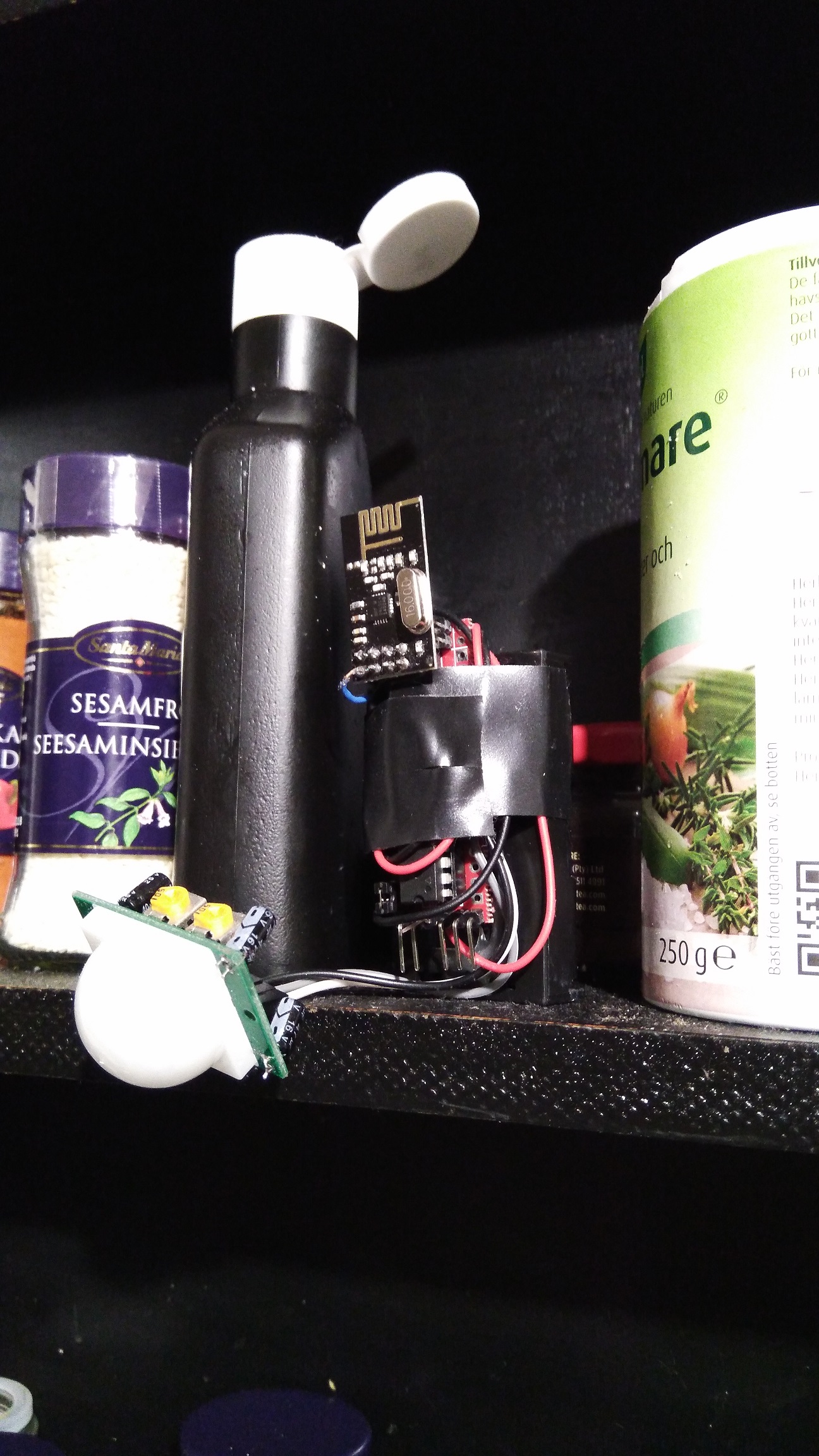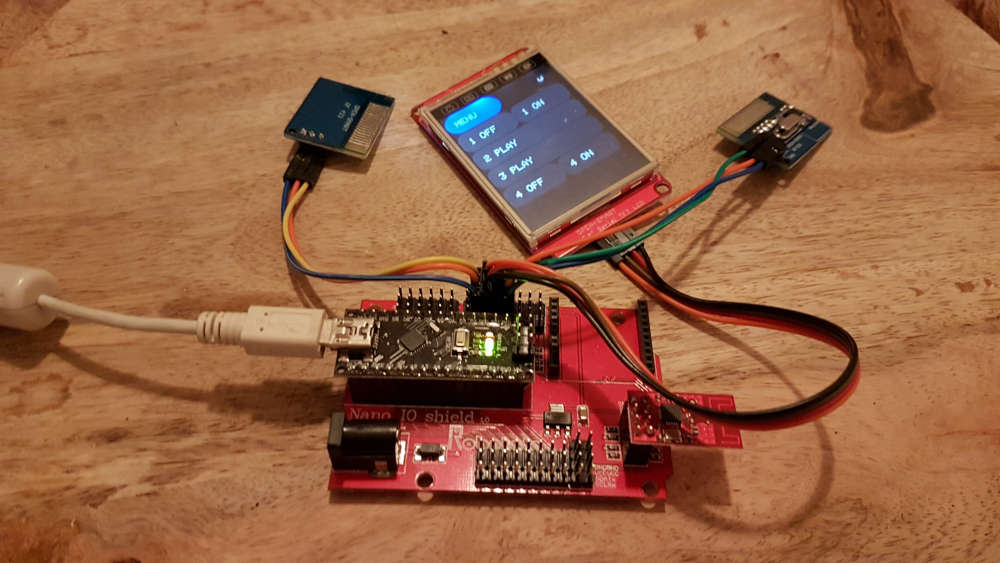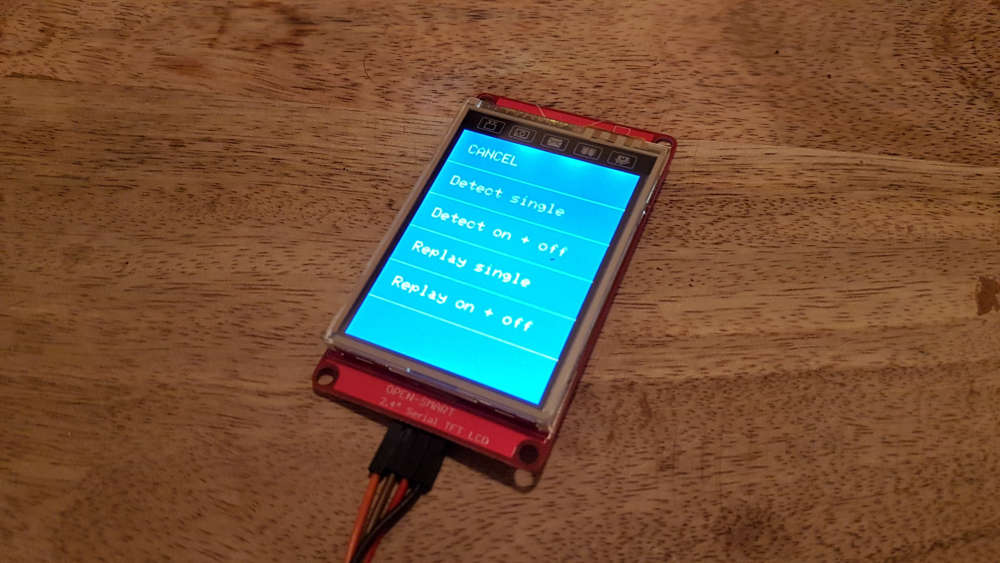What did you build today (Pictures) ?
-
Some photos of my new device - MDMSPanel "Nextion". I have finished soldering an hour ago)) Next week i will public this project.
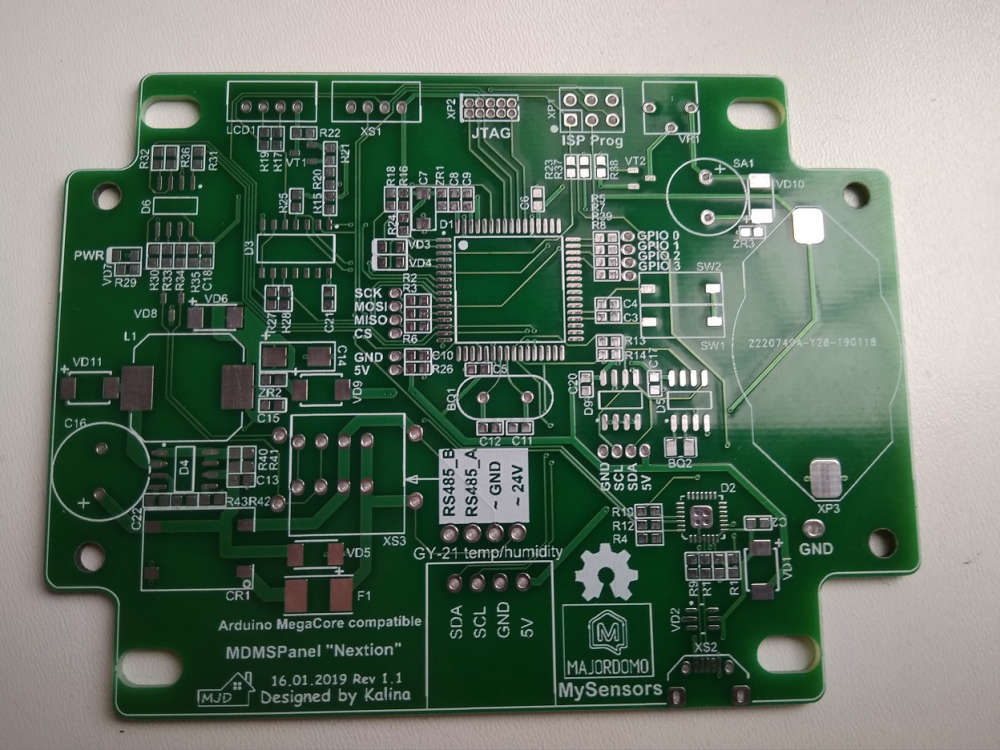
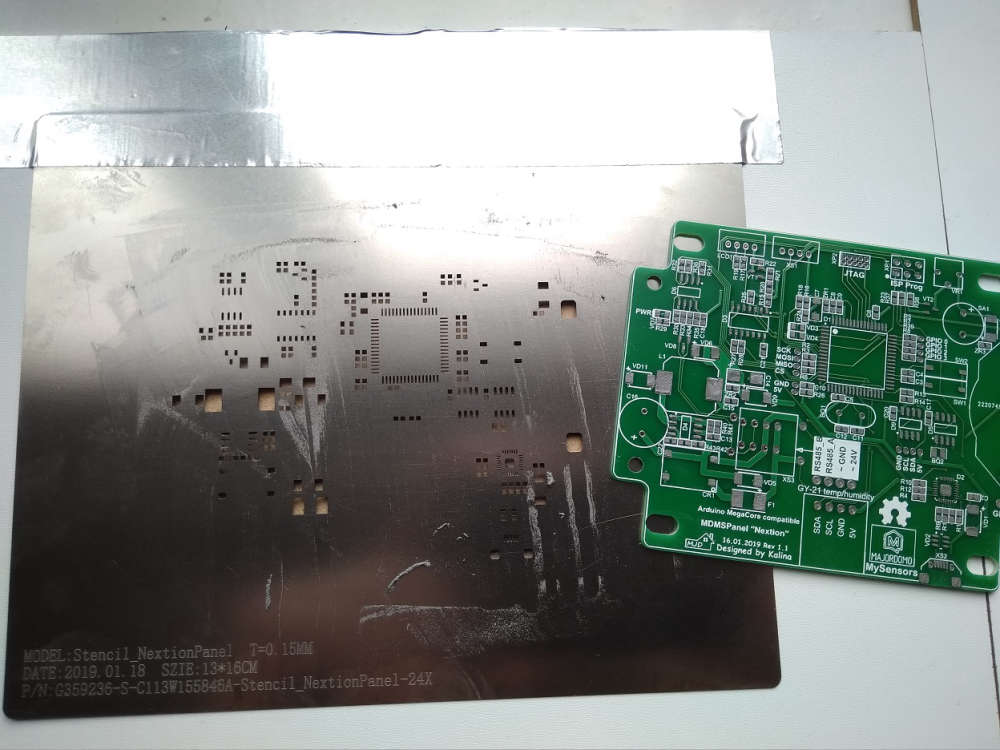
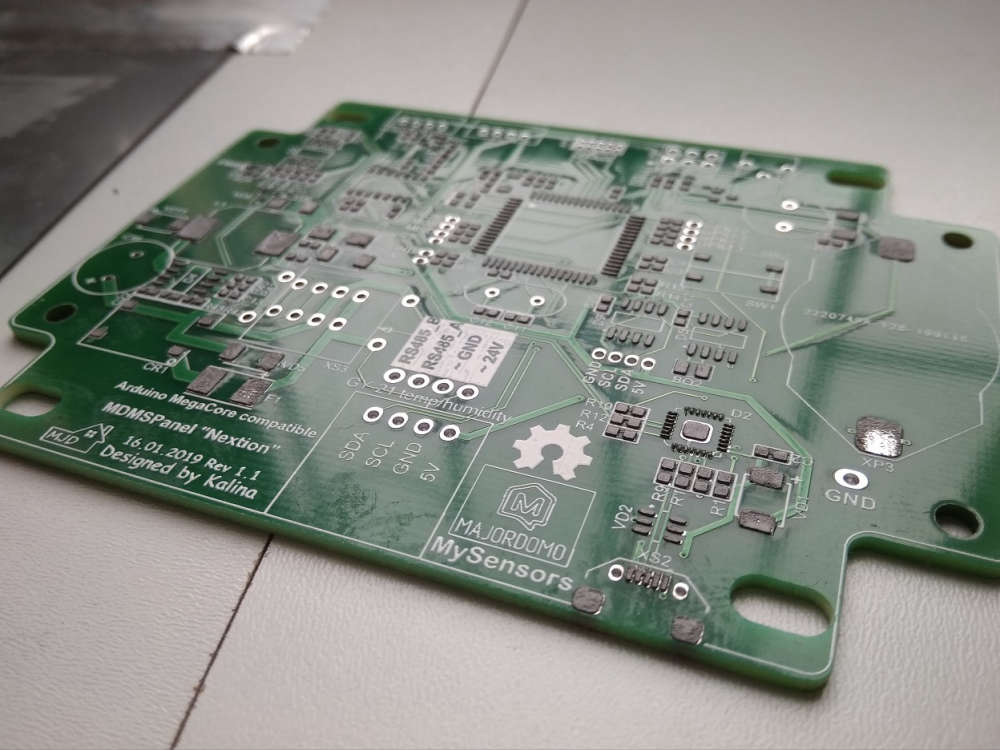

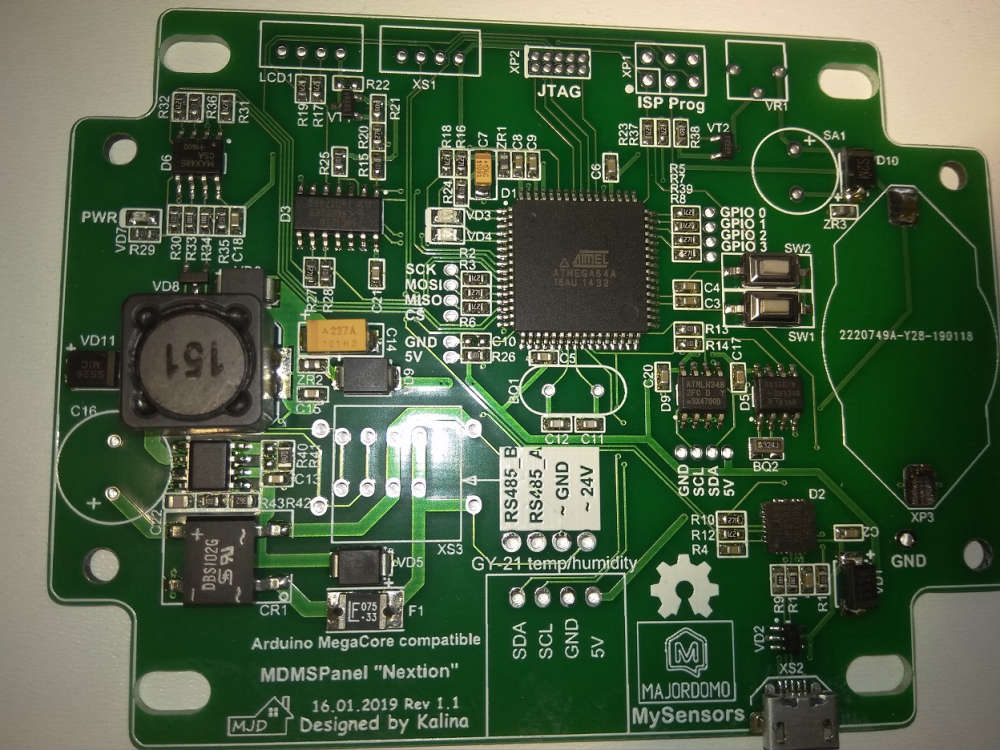

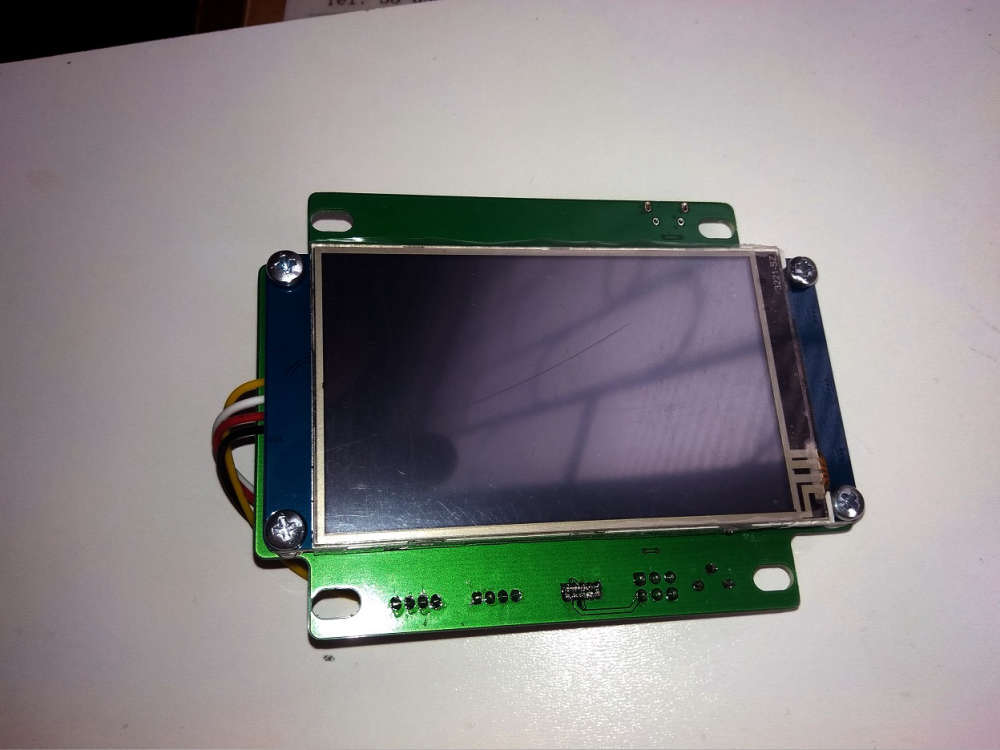
-
@kalina scene controller? I have almost finished mine on Nextion, but do not have time to tidy things up.
-
@monte
Well now Kalina already uses 2 layer PCB, so to improve current 2-layer PCB with ground planes are strongly advised.
Yes 4 layer is naturally much better, but is it needed for a "commodity" device? I think not, and it will increase PCB cost...If you don't have a GND and power planes, you will most likely have power spikes when an IC needs current, this will introduce a magnetic field that will "disturb" especially sensitive analogue tracks and clock signals
-
@bjacobse but it actually seems that he HAS a ground plane on one side of PCB, if you look closer at the third photo ;)
-
My actual project is a doorbell sensor with additional temperature and humidity sensors. Tried different ways to detect the ring:
- hall sensor (failed)
- microphone (FFT, ongoing research)
- optocoupler to detect the 12V AC -> favorite solution
As I was heavy prototyping, I tried wire wrapping and it is fun:
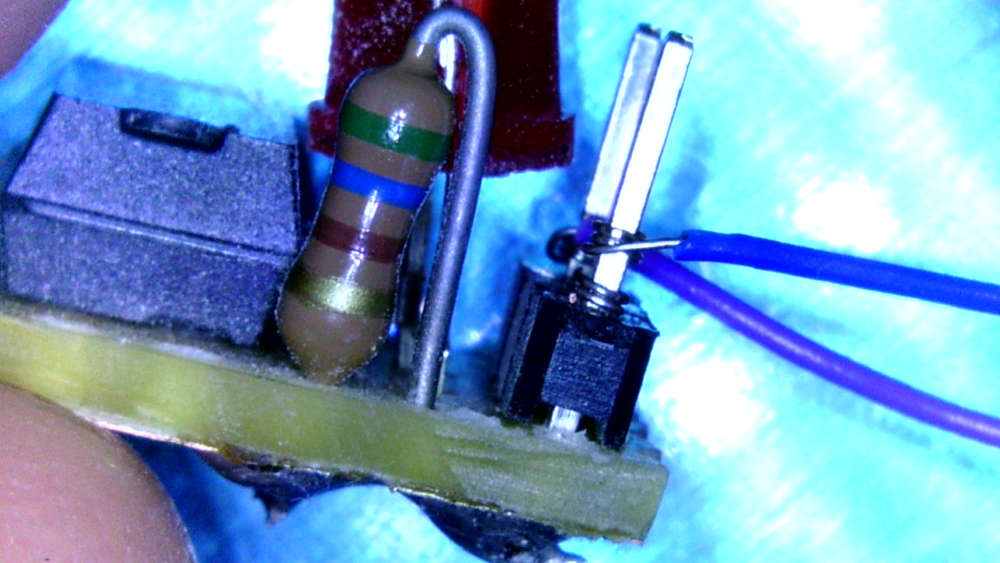
@fotofieber
Wirewrapping is an "old" and well proven technology, remember to have extra cable in case you need to re-wire your cables. Not so popular by DIY as tools used to be fairly expensive as it was protected by patents... -
@bjacobse
Just to add a little more info about adding a GND plane to your PCB
I work in a electronic company, not doing PCB layout there though.
but we have a TV adapter which have 2.4GHz transmitter. and this PCB is GND on both sides and with plenty GND via's (all the small holes) to ensure good grounding
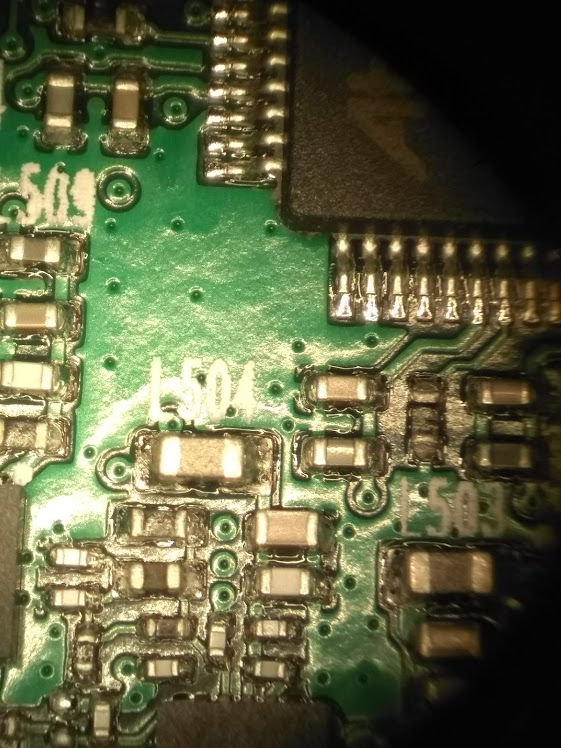
In case you wonder what it is, then it's an Oticon TV adapter 3.0
https://www.youtube.com/watch?v=r4bTIQPdCEo -
-
I have finished an enclosure for the my MDMSPanel "Nextion" today.
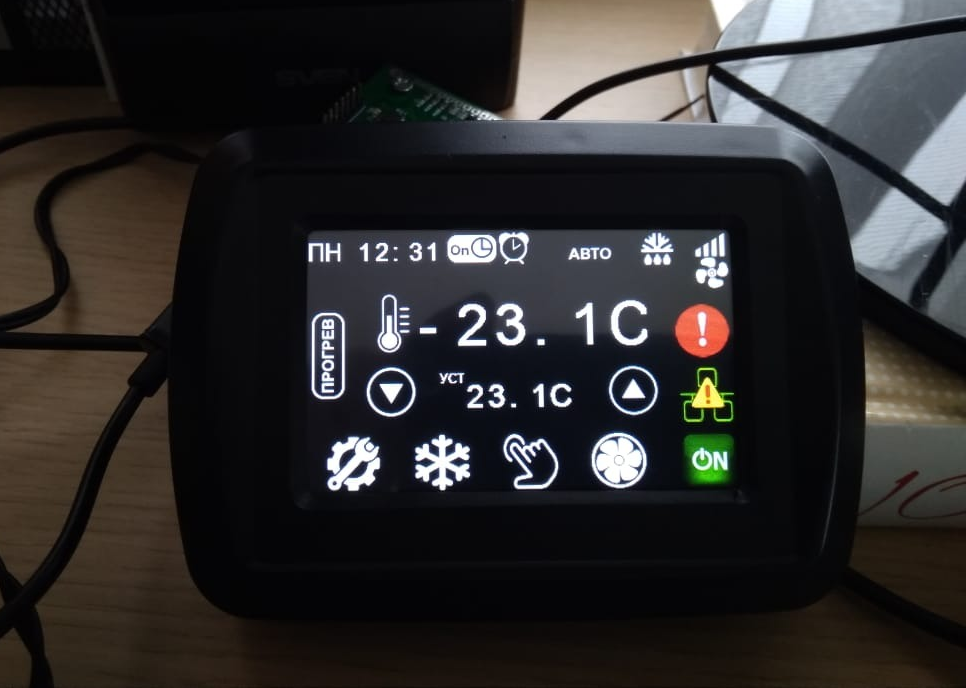

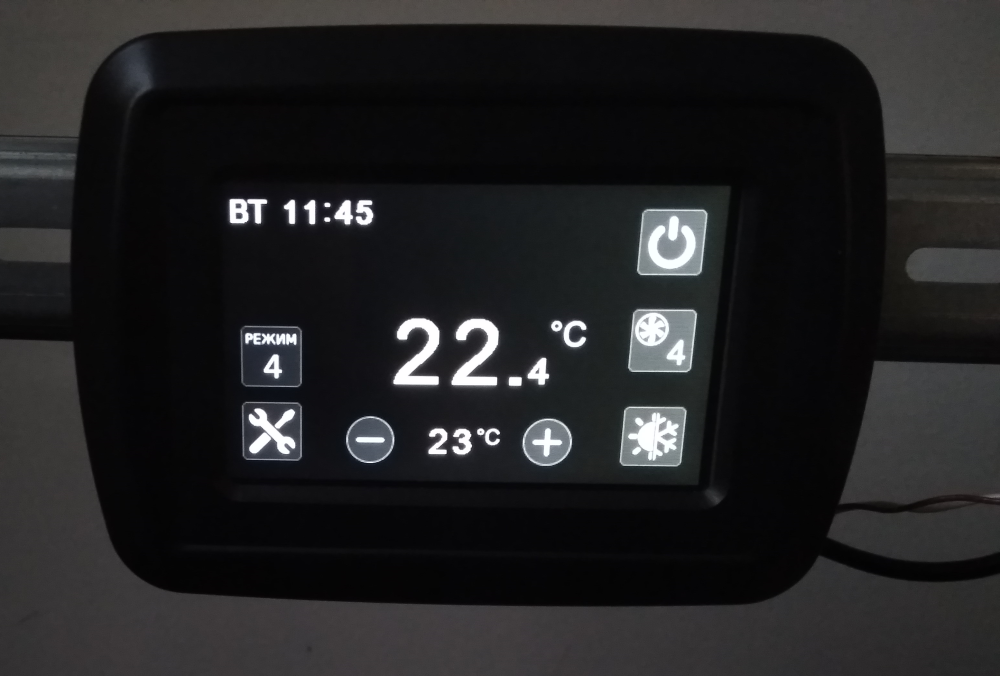
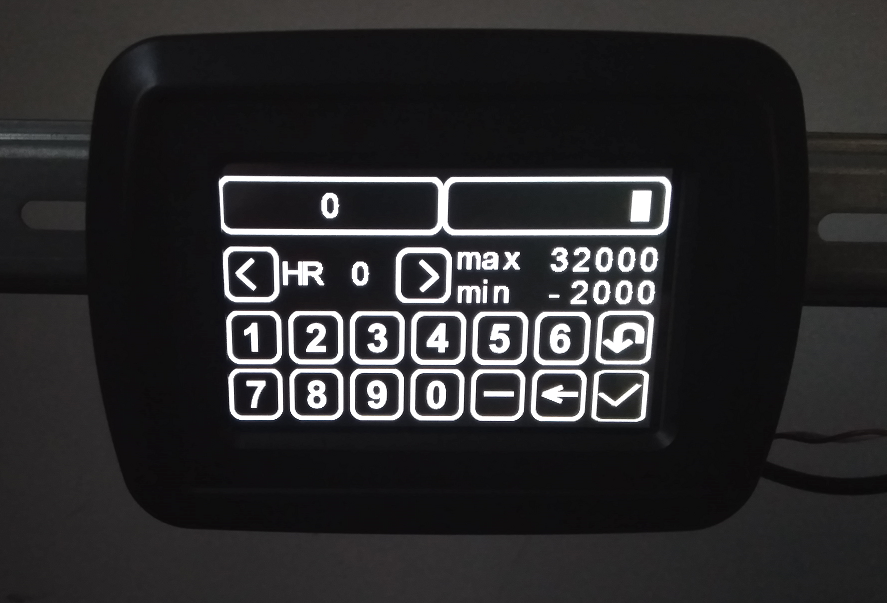
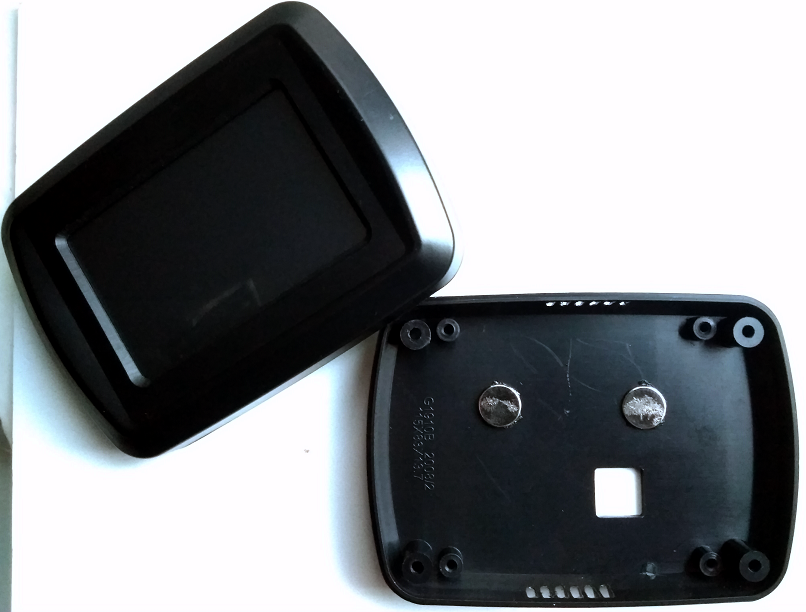
-
Wow, very cool! Can you share a bit more about the project? Is it MySensors based? Is there code available? What does the hardware inside look like? What processor is it base on?
Ah, scrolling up answered some of my questions :-)
-
Wow, very cool! Can you share a bit more about the project? Is it MySensors based? Is there code available? What does the hardware inside look like? What processor is it base on?
Ah, scrolling up answered some of my questions :-)
-
@kalina Kudos on the case. Is that a case you designed, or is it a prefab case that you bought somewhere? I am assuming that from the markings inside the case that it is a prefab.I do like the design though and love it's underlying project. Is that just a thermostat, or is it a multi option controller?
-
@kalina Kudos on the case. Is that a case you designed, or is it a prefab case that you bought somewhere? I am assuming that from the markings inside the case that it is a prefab.I do like the design though and love it's underlying project. Is that just a thermostat, or is it a multi option controller?
@dbemowsk Yes, it is a factory case, and before the changing it looked like this :
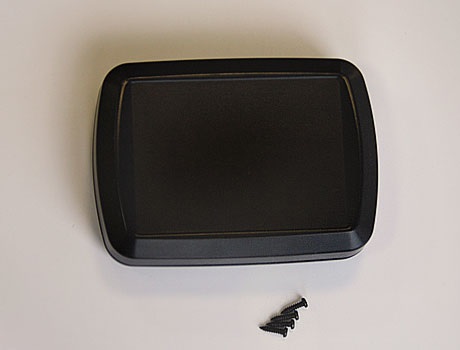
At the moment this is termostat, but I will not limit myself to this)) The purpose of the panel will be determined by the software project loaded into it. I will describe this in more detail when I publish the project.
-
@dbemowsk Yes, it is a factory case, and before the changing it looked like this :

At the moment this is termostat, but I will not limit myself to this)) The purpose of the panel will be determined by the software project loaded into it. I will describe this in more detail when I publish the project.
-
@bjacobse said in What did you build today (Pictures) ?:
Yes it's very impressing what you have achieved
Thanks, the project is published already.
-
Building a (xenon) flash to notify alarms. Flashes every 5 seconds if activated.

-

-
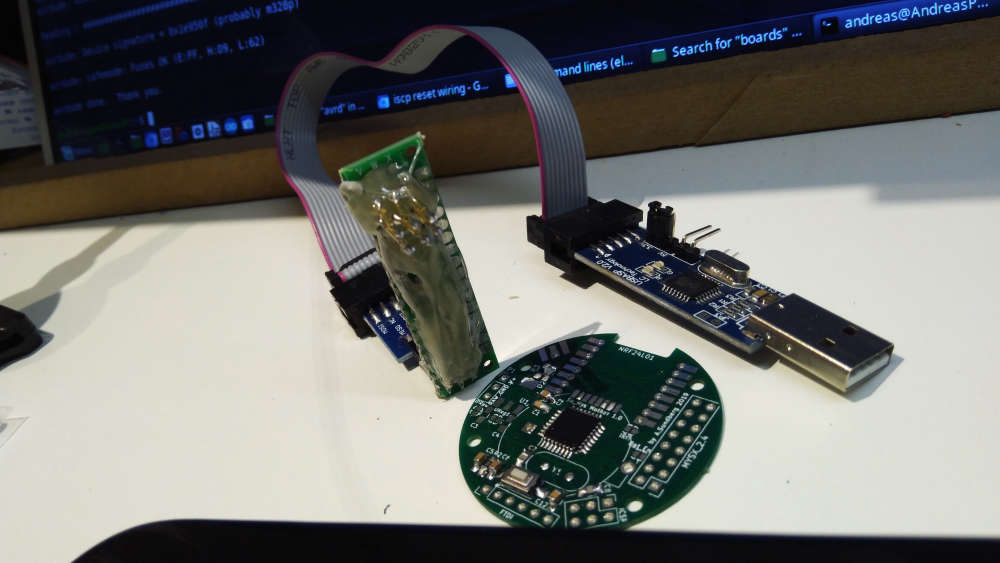
Today I made a iscp pogo pin adapter... Great for uploading bootloaders.
-
Almost finished one of my projects. The test sketch showed that HW works as it should. Now i need to make good software.
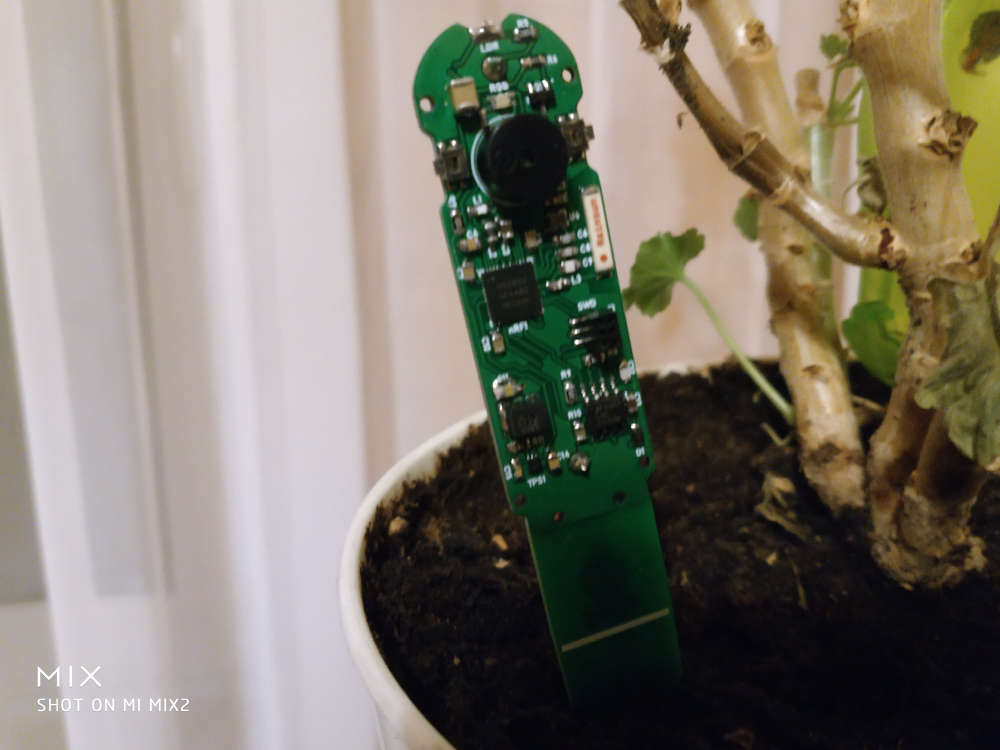
-
@sundberg84 that board looks nice and crisp 👍

